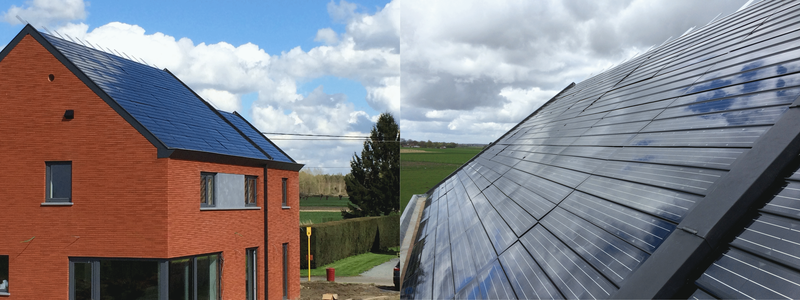Summary
Building-integrated photovoltaics (BIPV) is currently an expansive market. Market analysts estimate a compound annual growth rate of 18,7% and a total of 5,4 GW installed worldwide between 2013 and 2019. One of the main drivers for BIPV market growth in the EU is the increasingly demanding legislation related to energy performance in buildings.
The large potential for energy savings in buildings led the EU Commission to adopt the 2010/31/EU Directive on the energy performance of buildings with the objective that all new buildings are Nearly Zero Energy Buildings (NZEB) by 2020. Renewable energy technologies, and in particular the integration of photovoltaic systems in the building environment offer many possibilities to play a key role within the NZEB scenario.
 Source: Optimal Computing
Source: Optimal Computing
Despite this favorable framework for BIPV technology market uptake, initial estimations of BIPV market growth have been subsequently overestimated in the past few years. A series of demands from the stakeholders which have not been properly addressed by the BIPV value chain are the cause for this deviation. These key requirements are mainly related to the flexibility in design and aesthetics considerations, lack of tools integrating PV and building performance, demonstration of long-term reliability of the technology, compliance with legal regulations, smart interaction with the grid and cost effectiveness.
Within this context:
The objective of PVSITES project is to drive BIPV technology to a large market deployment by demonstrating an ambitious portfolio of building-integrated solar technologies and systems, giving a forceful, reliable answer to the market requirements identified by the industrial members of the consortium in their day-to-day activity. High impact demonstration and dissemination actions will be accomplished in terms of cost-effective renewable generation, reduction of energy demands and smart energy management.